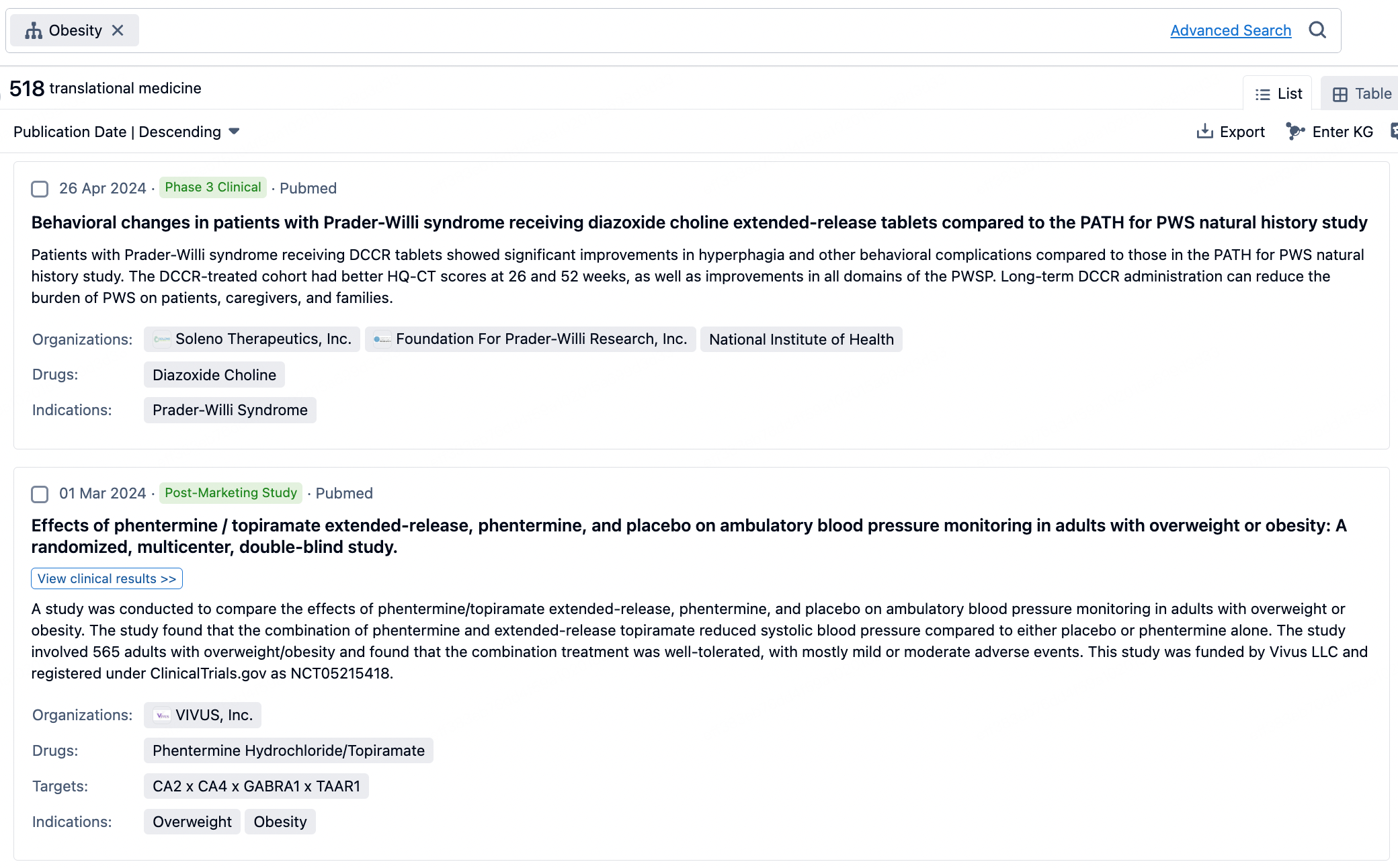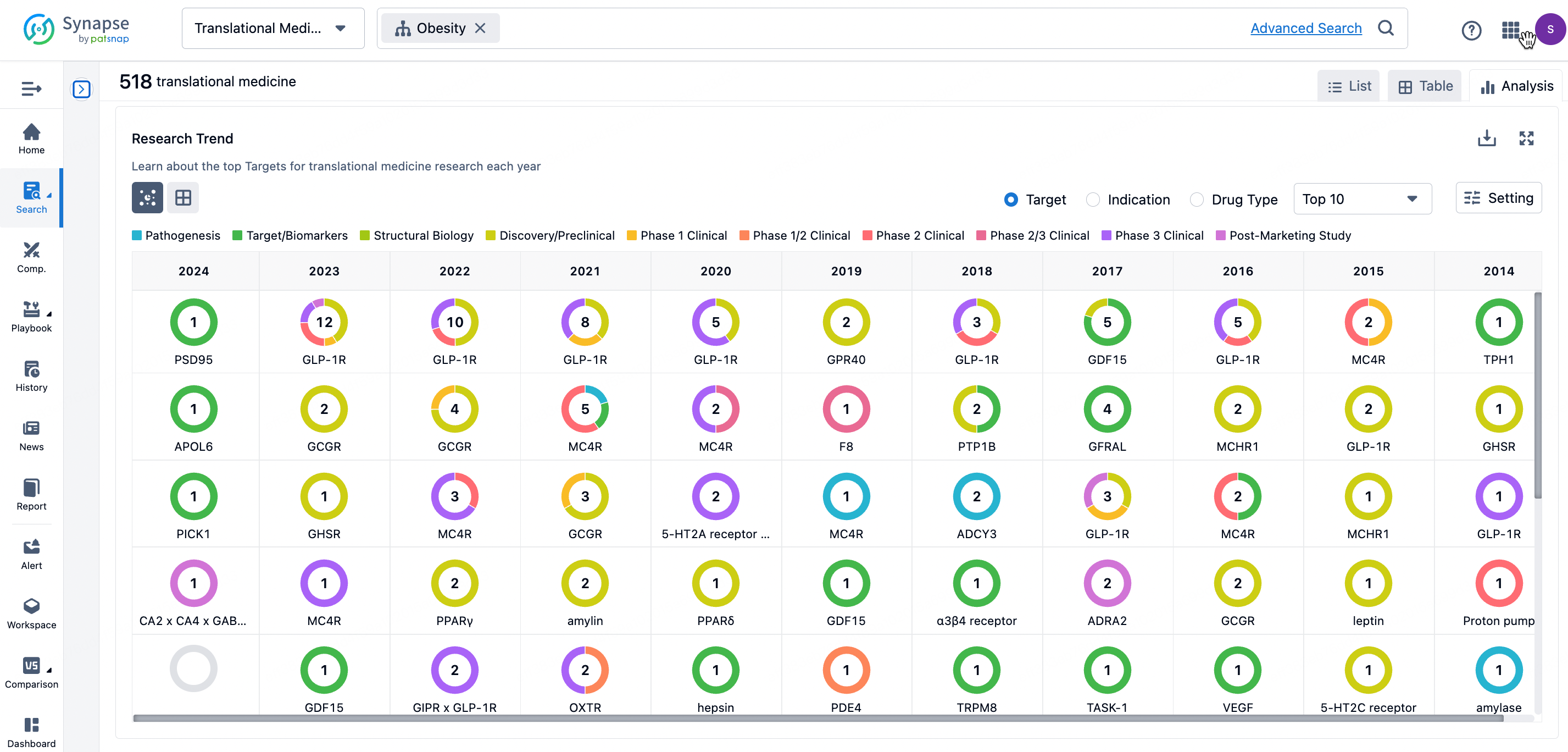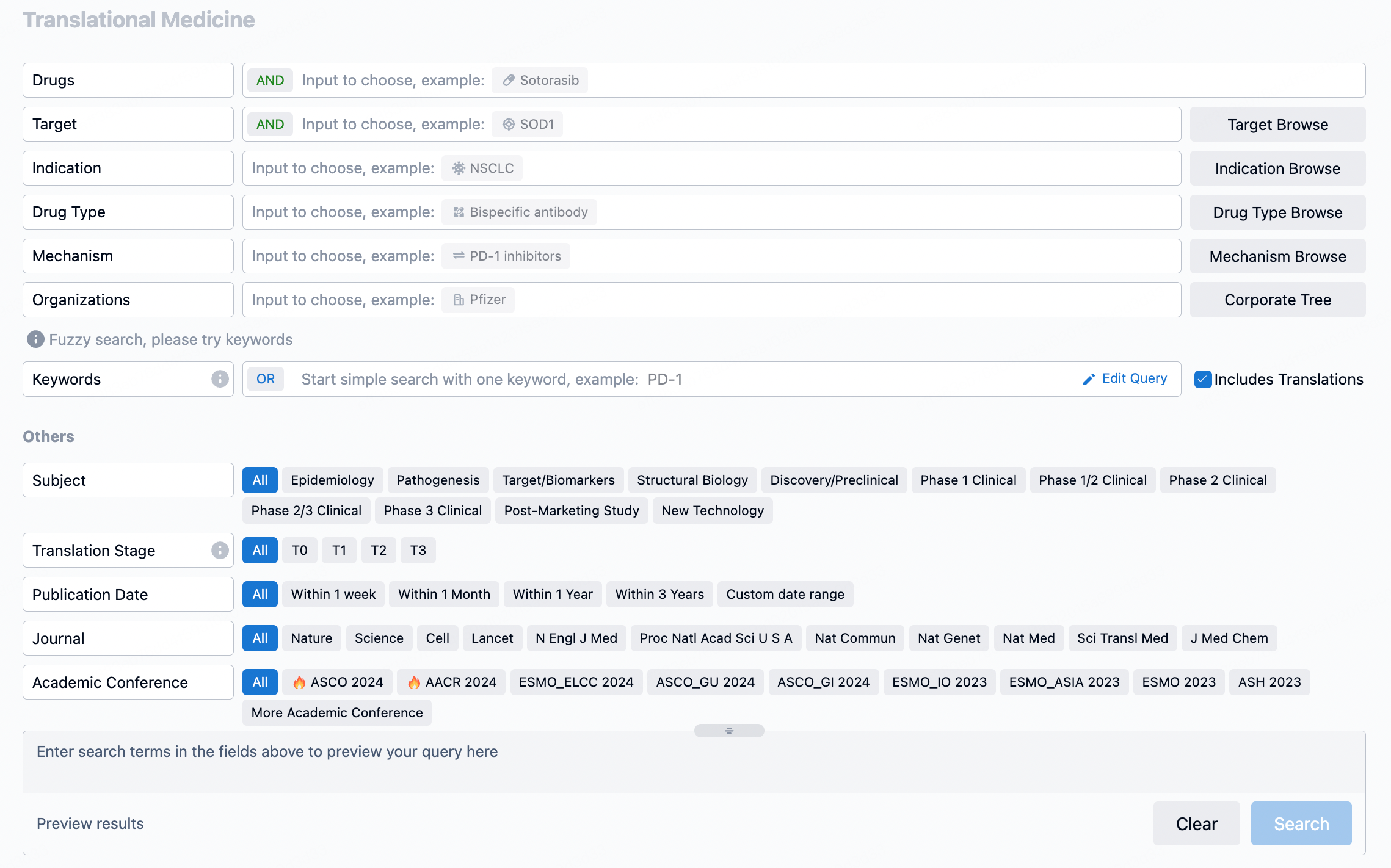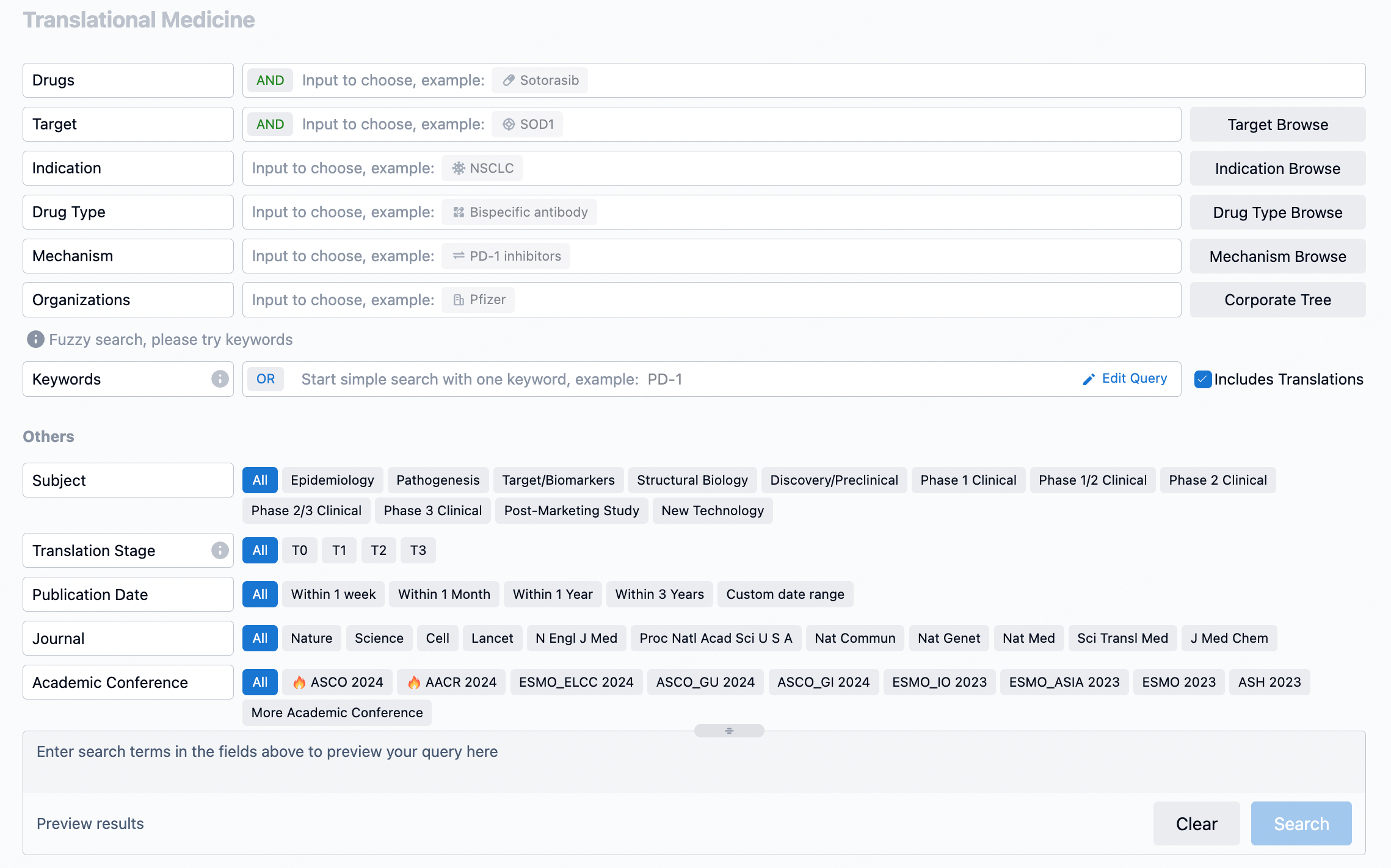Identification and Therapeutic Potential of AT1636: A Novel Antibody Targeting O-Mannosylated E-Cadherin Variant in Colon Cancer
The project was approved by the Medical Ethical Committee in Amsterdam, Netherlands. The BCL6 and Bcl-xL immortalization technique was utilized to explore the human antibody repertoire. Peripheral-blood memory B cells were collected from a patient with a pathogenic variant in the MSH6 gene, who had been diagnosed with stage IV CRC and liver metastasis, and had undergone treatment with avastin, capecitabine, and oxaliplatin. Nine years post-treatment, antibodies were screened for their binding to three distinct CRC cell lines and their lack of binding to fibroblasts through flow cytometry.
AT1636 was found to recognize the O-mannosylated E-cadherin variant (ECV), which, while present in all full-length E-cadherin expressing cells, shows tumor-specific binding based on the O-mannosylation pattern. The antibody's binding was determined to rely on the transmembrane O-mannosyltransferase targeting cadherins 3 (TMTC3), as demonstrated through shRNA knock-down. The coexistence of TMTC3 and E-cadherin in tumor cells was shown to be indicative of AT1636 binding. Moreover, the presence of ECV was linked to a strong de-adhesive, EMT-like phenotype.
Although AT1636 alone does not induce antibody-dependent cellular cytotoxicity (ADCC), a CD3-bispecific antibody format of AT1636 was found to effectively eliminate CRC cell lines. The study concludes that the AT1636 antibody, derived from a Lynch syndrome patient, binds to a previously unknown cancer-specific O-mannosylated form of E-cadherin, which could be implicated in tumor invasion and metastasis. The findings provide a basis for the development of AT1636-based therapeutics for CRC treatment.
How to Use Synapse Database to Search and Analyze Translational Medicine Data?
The transational medicine section of the Synapse database supports searches based on fields such as drug, target, and indication, covering the T0-T3 stages of translation. Additionally, it offers a historical conference search function as well as filtering options, view modes, translation services, and highlights summaries, providing you with a unique search experience.
Taking obesity as an example, select "obesity" under the indication category and click search to enter the Translational Medicine results list page. By clicking on the title, you can directly navigate to the original page.

By clicking the analysis button, you can observe that GLP-1R treatment for obesity has gained significant attention over the past three years, with preclinical research still ongoing in 2023. Additionally, there are emerging potential targets, such as GDF15, among others.

Click on the image below to go directly to the Translational Medicine search interface.

